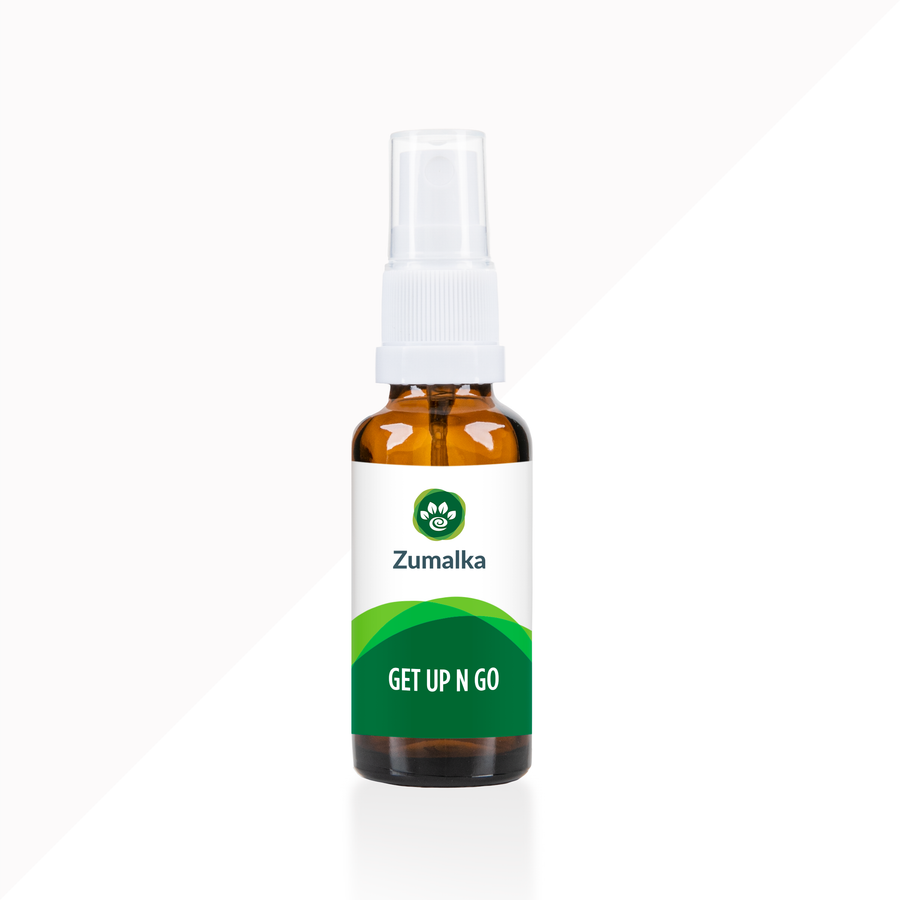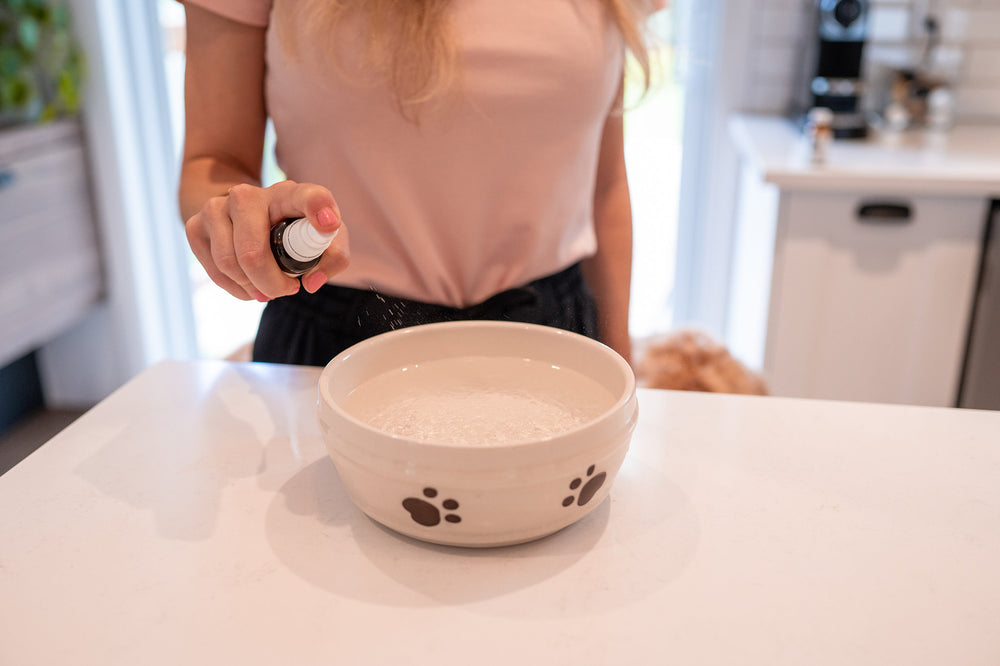Vet Insights: How to Help Your Dog or Cat Lose Weight Safely and Naturally
List of Contents
As a pet parent and animal homeopathy expert, I often see people confuse “fluffy” with healthy. But in reality, excess weight in cats and dogs is a serious and growing concern. Pet obesity increases the risk of chronic conditions like joint pain, diabetes, and heart disease, making early intervention essential.
In this guide, you’ll learn how to tell if your dog or cat is overweight and what to do about it. I’ll share safe, natural weight loss tips that support long-term health. Best of all, these methods don’t rely on conventional medications.
Understanding Pet Obesity: A Rising Health Concern for Dogs and Cats

Pet obesity is a growing health concern in the U.S., affecting more than half of all dogs and cats. The Association for Pet Obesity Prevention reports that 59% of dogs and 61% of cats are overweight or obese. These alarming statistics underscore the urgent need for greater awareness and proactive care from pet owners.
Excess weight can greatly impact your pet’s mobility and daily comfort. Overweight pets often struggle with basic activities, such as walking, playing, or grooming themselves. This reduced activity can eventually contribute to muscle weakness and joint strain.
In addition to mobility issues, excess weight increases your pet’s risk for chronic conditions such as diabetes, heart disease, and arthritis. These health problems can drastically shorten your dog or cat’s lifespan. Maintaining a healthy weight is one of the most effective ways to help your pet live a longer, happier life.
The good news is that pet obesity is both preventable and manageable. With early intervention and a structured weight loss plan, you can significantly improve your dog or cat’s health. Taking action now can help your pet enjoy a longer, more active life.
How to Tell If Your Pet Is Overweight
Early signs of excess weight in pets can be easy to miss. A rounded belly, thick neck, or trouble walking and grooming may signal that your pet is overweight. Identifying these symptoms early is essential to protect your dog or cat’s long-term health.
Labored breathing after light activity, low energy, or reluctance to play can all be signs your pet is carrying extra weight. Fatigue and joint pain are also common in overweight dogs and cats. These symptoms shouldn't be ignored, as they often point to underlying health concerns linked to pet obesity.
If you’re unsure whether your pet is overweight, it’s best to consult your veterinarian or a certified pet homeopathy expert. A professional assessment can help you create a safe, effective weight loss plan. Taking early action is the best way to protect your pet’s long-term health.
Serious Health Risks of Overweight Dogs and Cats

Pet obesity significantly increases the risk of joint and mobility issues. Excess weight places added pressure on your pet’s joints, which can lead to arthritis, inflammation, and difficulty moving. Over time, this strain can severely impact your dog or cat’s comfort, activity levels, and quality of life.
Obesity in pets can lead to diabetes by reducing insulin sensitivity and causing blood sugar imbalances. It also disrupts gut health, increasing the risk of conditions like inflammatory bowel disease (IBD), GERD, and fatty liver or hepatic lipidosis. Managing your pet’s weight is essential to prevent these serious and often lifelong digestive disorders.
Excess weight can strain your pet’s heart, increasing the risk of cardiovascular disease and other serious conditions. It also weakens the immune system, making pets more vulnerable to infections and slower to heal. Supporting a healthy weight is one of the best ways to protect your pet’s heart and immune health.
Obesity can increase the risk of urinary tract infections (UTIs) in pets by putting extra pressure on the bladder and making it harder to eliminate urine. Overweight dogs and cats also often struggle with grooming, which can lead to skin irritations, sores, and infections. Maintaining a healthy weight supports better urinary health and keeps your pet’s skin and coat in top condition.
Excess weight in pets may raise the risk of cancer by triggering chronic inflammation, hormonal disruption, and oxidative stress. These changes can impair immune function and create conditions that support tumor growth. Keeping your pet at a healthy weight is a key step in lowering their long-term cancer risk.
Natural Weight Loss for Pets: A Guide for Dog and Cat Owners

Supporting your pet’s weight loss takes patience and commitment, but the results are well worth it. A steady, natural approach can lead to lasting improvements in your pet’s health and well-being. Here are six effective strategies to help your dog or cat achieve a healthy weight:
#1. Control portion sizes
Portion control is essential for helping your pet maintain a healthy weight. Use a measuring cup at every meal to avoid overfeeding. Make sure your pet finishes their food before offering more to prevent excess calorie intake.
Treats can quickly add up and impact your pet’s weight loss progress. Even healthy options should be limited and appropriately portioned. Monitoring treat intake is just as important as managing regular meals.
#2. Avoid feeding human food
Feeding your pet human food can disrupt their diet and contribute to unhealthy weight gain. Even small portions of table food are often too high in fat, salt, or calories for dogs and cats. Making a habit of sharing meals may slow or reverse your pet’s weight loss progress.
Certain human foods are also toxic to pets, including garlic, onions, leeks, chives, raisins, grapes, raw dough, alcohol, chocolate, and xylitol. These ingredients can pose serious health risks, even in tiny portions. For safe and effective weight management, always choose a diet formulated specifically for dogs or cats.
#3. Cut back on treats
Even nutritious treats can lead to weight gain when given too frequently. Those extra calories add up quickly and may hinder your pet’s weight loss efforts. Just like meals, treats should be portioned and limited to support a healthy weight.
Opt for low-calorie treats such as green beans or carrots to keep snacks light and healthy. Use them sparingly as rewards rather than everyday indulgences. This small change can play a big role in supporting your pet’s long-term weight management.
#4. Increase physical activity
Increasing your pet’s activity level is essential for healthy weight loss. Gentle, consistent exercise, like daily walks, swimming, scent games, or training sessions, helps burn calories and improve mobility. For cats, interactive toys and food puzzles are great ways to encourage movement and mental stimulation. Provide them with at least 15 minutes of play per day.
When increasing your pet’s activity, it’s important to start slowly, especially for senior or overweight animals. Sudden, intense exercise can lead to injury or stress. Gradually build up their activity level to support safe, sustainable weight loss.
#5. Aim for gradual weight loss
Rapid weight loss can be dangerous for pets and may lead to serious health issues. Instead of drastic changes, focus on safe, gradual progress. A steady approach helps protect your pet’s overall well-being while ensuring sustainable results.
The best strategy combines small dietary adjustments with consistent physical activity. Gentle exercise paired with portion control supports safe fat loss without depriving your pet of essential nutrients. This balanced method promotes long-term weight management and improved quality of life.
#6. Consistency is crucial
Consistency is the foundation of a successful pet weight loss plan. Progress takes time, and it’s important to stay committed even after your pet begins to slim down. Ending the plan too early can stall results and compromise your pet’s long-term health.
Old feeding or exercise habits can quickly undo all the progress you’ve made. Continue following portion control, exercise routines, and healthy treat limits until your pet reaches and maintains their ideal weight. A consistent approach ensures lasting results and a healthier, happier life for your pet.
#7. Detoxify your pet
Zumalka’s GENERAL DETOXIFICATION supports healthy weight loss by boosting metabolism, improving digestion, and promoting optimal organ function. It helps eliminate built-up toxins that may disrupt hormone balance, including thyroid and insulin levels. By enhancing these key systems, pets are better able to respond to diet and exercise changes for more effective weight management.
Protecting Your Pet’s Immune System on Their Weight Loss Journey
Weight loss can sometimes place added stress on your pet’s immune system. As your dog or cat adjusts to new routines, their body may become more vulnerable to illness or slower to recover. Supporting immunity during this stage is just as important as managing diet and exercise.
A natural option like Zumalka’s IMMUNOPET can help protect your pet’s health throughout the process. IMMUNOPET is designed to help purify the blood, boost white blood cell production, and strengthen the body’s defenses. By supporting the immune system, you can help your pet stay strong and thrive during their weight loss journey.
A Final Word
Achieving a healthy weight is one of the most important ways to protect your dog or cat’s overall well-being. Proper weight management lowers the risk of chronic disease, supports joint health, and boosts energy and vitality. With your dedication, your pet can enjoy a longer, healthier, and more active life by your side.
While weight loss takes time, steady progress creates lasting results. Consistency with portion control, exercise, and healthy routines makes all the difference. Start today and stay committed! Your pet’s well-being and longevity are worth it.
FAQs
How can I get my dog to lose weight quickly?
Dogs should never lose weight too quickly, as it can harm their health. Instead, focus on portion control, low-calorie treats, and daily exercise. Gradual, steady weight loss is the safest way to achieve lasting results.
What is the fastest way for a cat to lose weight?
The fastest and safest way for a cat to lose weight is through controlled portion sizes, a high-protein diet, and daily play. Gradual, steady progress prevents health risks and supports long-term weight management.
What is the best food for dogs to lose weight?
The best food to help dogs lose weight is a low-calorie, high-protein formula with added fiber. When combined with measured portions and regular activity, it supports safe weight loss and lasting overall health.
How long does it take for a dog to lose weight?
Most dogs begin to lose weight within a few weeks of portion control, diet changes, and exercise. Safe weight loss should be gradual. About 1–2% of body weight per week ensures lasting results.
Is rice good for dogs?
Yes, rice can be good for dogs in moderation, especially plain white or brown rice. It’s easily digestible and often used for sensitive stomachs, but it shouldn’t replace a balanced, nutrient-rich dog food diet.
What to mix with dog food for weight loss?
For healthy dog weight loss, mix regular food with low-calorie, fiber-rich options like green beans, pumpkin, or carrots. These additions help your dog feel full while reducing overall calories and supporting safe weight management.









Hi Diane,
We are reaching out to you via private email so we can be of the best assistance possible. Hope to hear back from you soon !
Hi Guys, I would like to help my kitty lose weight. Do I need a consult for that, which I’m definitely happy to do.
Thanks
Diane
Hi Jennifer, I’m sorry to hear about your cat being stressed and in need of weight loss. We will for sure do our very best to help her feel and look much better soon. We are reaching out to you via private email so we can be of the best assistance possible.
Regards, HOMEOANIMAL
My cat is overweight. Moved and she is stressed in a small environment. Is there a remedy to slowly help her loose weight. Thanks.
Dear Reena,
Thank you for your message. We hope our article has given you some helpful tips to help your dog loose weight. Of course we are also happy to help in any other way possible. To this end, we have sent you a private email to get all the details so we can give your dog the most targeted treatment possible.
Warm regards,
Homeoanimal
Leave a comment